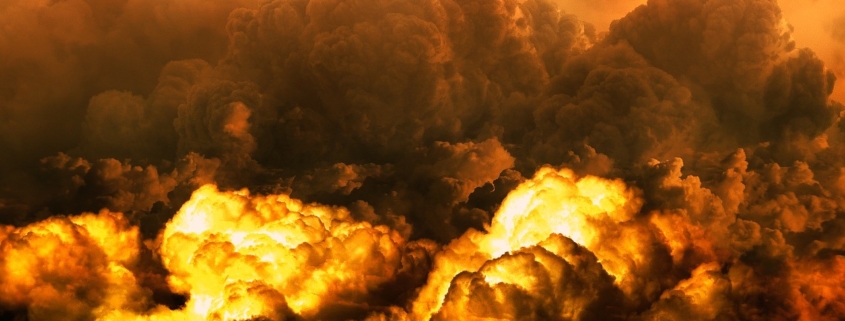Innovation in Energetics
-As shared by Katie Bilek
What makes up the field of energetics? Basically, sh*t that blows up – from explosives and propellants to materials and chemicals, to propulsion and ordnance, to testing and disposal. The field spans multiple functional areas across R&D, engineering, and manufacturing, with applications in air, surface, subsurface, ground, and littoral environments.
A recent trip to Indian Head, MD served as a sobering history lesson and a reminder of the delicate geopolitical pause we have experienced for decades as it pertains to energetics. NSWC Indian Head Division saw significant ramp-up during the Cold War and is now the largest full-spectrum energetics facility in the US, employing nearly 1,900 scientists, experts, and researchers across 2 sites, with significant detachments in Picatinny (New Jersey) and McAlester (Oklahoma).
As we evaluate the adversarial landscape, the war in Ukraine has resurrected the not-so-distant past arms race with Russia. Moreover, China is no longer a near-peer, but rather a peer, as it pertains to work in the energetics field. Energetics, which used to be a strategic advantage for the US, is now a contested field – one in which we need to refocus our priorities.
I’ve witnessed first-hand leaders and innovators in this community who are willing to create change – to prototype, to experiment, to research, and to find ways to do things differently. These are leaders who understand the sense of urgency to spur our creative processes. NSWC IHD is blessed with a robust ecosystem of industry, academia, and non-profit organizations with deep knowledge and expertise in this field. In addition, leadership is equipped with procurement tools including OTA, CRADAs, and PIAs that enable them to engage with innovators in a way that fosters collaboration, protects IP rights, and delivers solutions in a rapid manner.
As we revive our efforts in the energetics field, all eyes are on NSWC Indian Head to lead us in regaining that strategic advantage.




